How did Aulani come to be?
In 1877, a man named James Campbell purchased a large chunk of land on the leeward coast of Oahu, the Hawaiian island home to Honolulu. In the decades following, he (and later his daughter) developed the land for use harvesting sugar cane – all the while acknowledging just how beautiful and peaceful the place was. By the 1930s, Campbell's daughter was living in the area full-time and went on to use it as a vacation resort for troops stationed in the Pacific during World War II. She named her property Lanikuhonua, or “where heaven meets Earth.” And, if anything, that name was an understatement.
By the mid-1980s, the land changed hands and was owned by a Japanese company that planned to build a multi-billion dollar resort on the site – one which would include nearly a dozen hotels, condos, and shopping areas. That never came fully into fruition, however ; never progressing beyond a handful of hotel rooms and a golf course – and, honestly, locals weren't too upset.
Image: Disney
While the massive tourist area would seemingly help improve the economy, the original plans weren't too welcoming of the Hawaiian residents. In addition to restricting access to the beaches, many locals were turned away from jobs on site at the resort.
In 1998, the land was bought by a company intending to build something called the Ko Olina resort – a planned community that would host a handful of resorts, shopping, condos, golf courses, and beaches. Essentially, Ko Olina would be the tourist resort the land was always earmarked for; however, this time, the owners were determined to do it right.
The designers worked with local cultural groups to both accurately reflect the heritage of Hawaii and help create jobs that would help grow the local economy. In all, it seemed to be working perfectly.
But one of the resort's primary developers, a man named Jeff Stone, had an ace up his sleeve: He wanted Disney to come. That, he thought, could make the place even more special.
And so, in 2007, after over a year of negotiations, Disney announced an agreement wherein they would pay Ko Olina $144 million in return for a plot of land near one of Ko Olina's lagoons. After some speculation that the company might be interested in building a theme park on the site, Disney finally announced the plan: Build one of the finest resort hotels in Hawaii. Easy, right?
The development and Hawaiification of Aulani
Image: Disney
Early in the development process, before any real construction had even gotten underway, Disney gathered a group of local Hawaiian business leaders and cultural minds together to present its idea for the resort. As Disney shared its vision for what the Hawaiian resort could be, the local contingent laughed. “It was so wrong that it was entertaining,” one representative later recalled.
Now, in the past, Disney might have soldiered on without worry – assuming that, well, the goal is to entertain tourists, not locals. However, in 2007, the wounds of Euro Disneyland's initial flop – which was largely due to that same stubborn mindset – were still quite fresh. Instead of ignoring or rationalizing the feedback, Disney did something unique: they listened.
Well, actually, that's not entirely accurate. They didn't just listen: They hired some of those business and cultural leaders to help design the new resort. Those voices, which not long ago had been laughing at Disney's generic Hawaii, were now going to be able to speak up and help shape its development. For most Hawaiian resorts, that's unprecedented.
And so, when Aulani opened in 2011, it was one of the more culturally resonant places on the Hawaiian islands. Is it perfect in its representation of its host culture? Of course not. But it does get the important parts right – all the way down to its name.
“Aulani” means “messenger of the chief” – a nod to the results role as a messenger bringing word of Hawaii's rich culture to its visitors. However, that isn't even the most important aspect of the name. Eschewing Disney's normal resort nomenclature, adding the word “Disney's” before the resort's actual name, the company opted to title its Hawaiian location, “Aulani, A Disney Resort and Spa.”
Image: Disney
Why does that matter? Well, the short answer is that it doesn't. It's a gesture, really, more than anything. However, I think it's an important gesture, because it shows how Disney respects the local culture enough to take a step back when it needs to – essentially, to get out of the way and let Hawaii be Hawaii.
And, of course, that makes sense. It's one thing when you're turning Anaheim or Central Florida into some place people want to vacation. It's another when you plop your resort down in the middle of “where heaven meets Earth.”
But if you need a bit more convincing, here's one little tidbit that might help: At all other Disney resorts, from the Magic Kingdom to Tokyo Disney, Mickey and Minnie Mouse are there to welcome you into their home. You're their guests, and they're the hosts – dedicated to making sure you have a wonderful vacation. Not at Aulani, however. At Aulani, Mickey and Minnie are guests too, and Hawaiians are the hosts. They've just been kind enough to welcome all of us – even the Big Cheese – into their home.
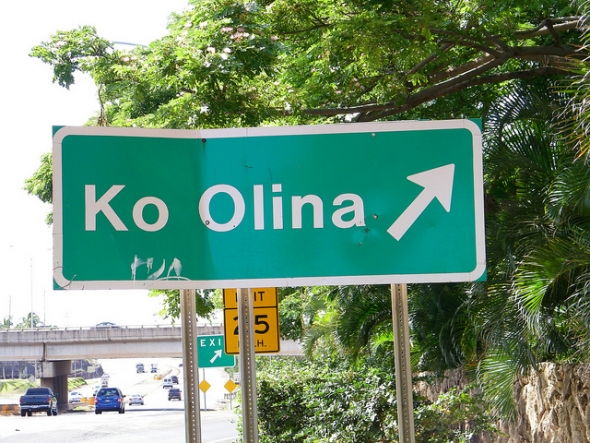
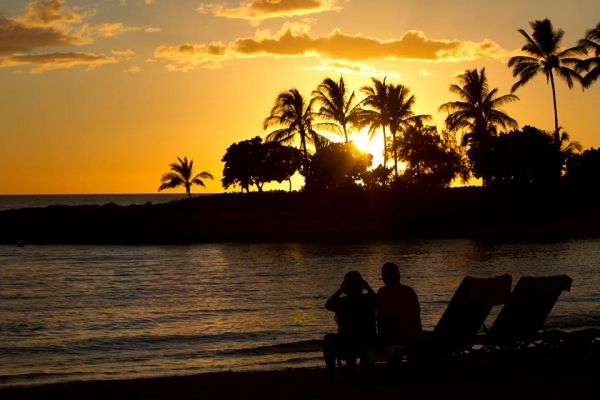
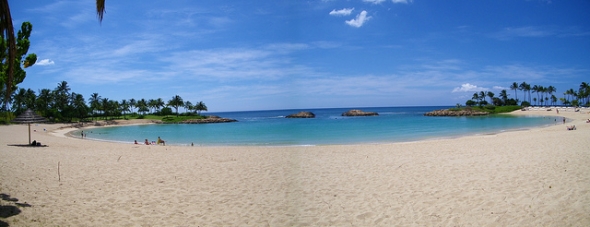
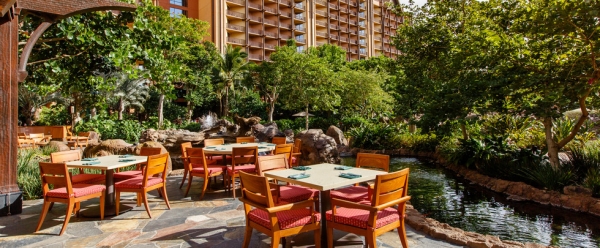
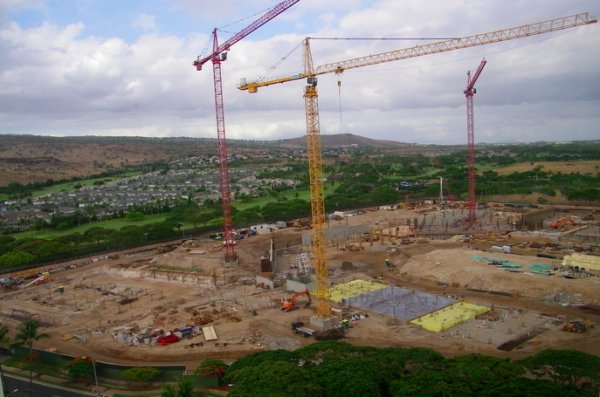
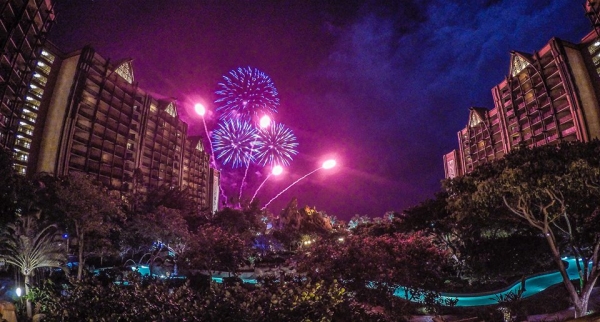

Comments
While politically it is part of the US, it is geographically not part of any continent. It is considered an archipelago.
I'm sorry but Hawaii IS part of North America - politically. It is not on the North American continent in a geographical sense; officially it is not 100% part of any continent, although saying Oceania wouldn't be incorrect. To say that Hawaii isn't in North America in any sense (like the fact in the opening paragraph implies) is simply incorrect.
Besides an unclear opening statement, nice article.
This is, to me, one of the best articles this page has ever posted. It's funny, yet informative and it's on a great subject- Aulani. Keep them coming guys!
Hawaii is part of North America...
Hawaii is part of THE UNITED STATES, it is NOT part of North America.